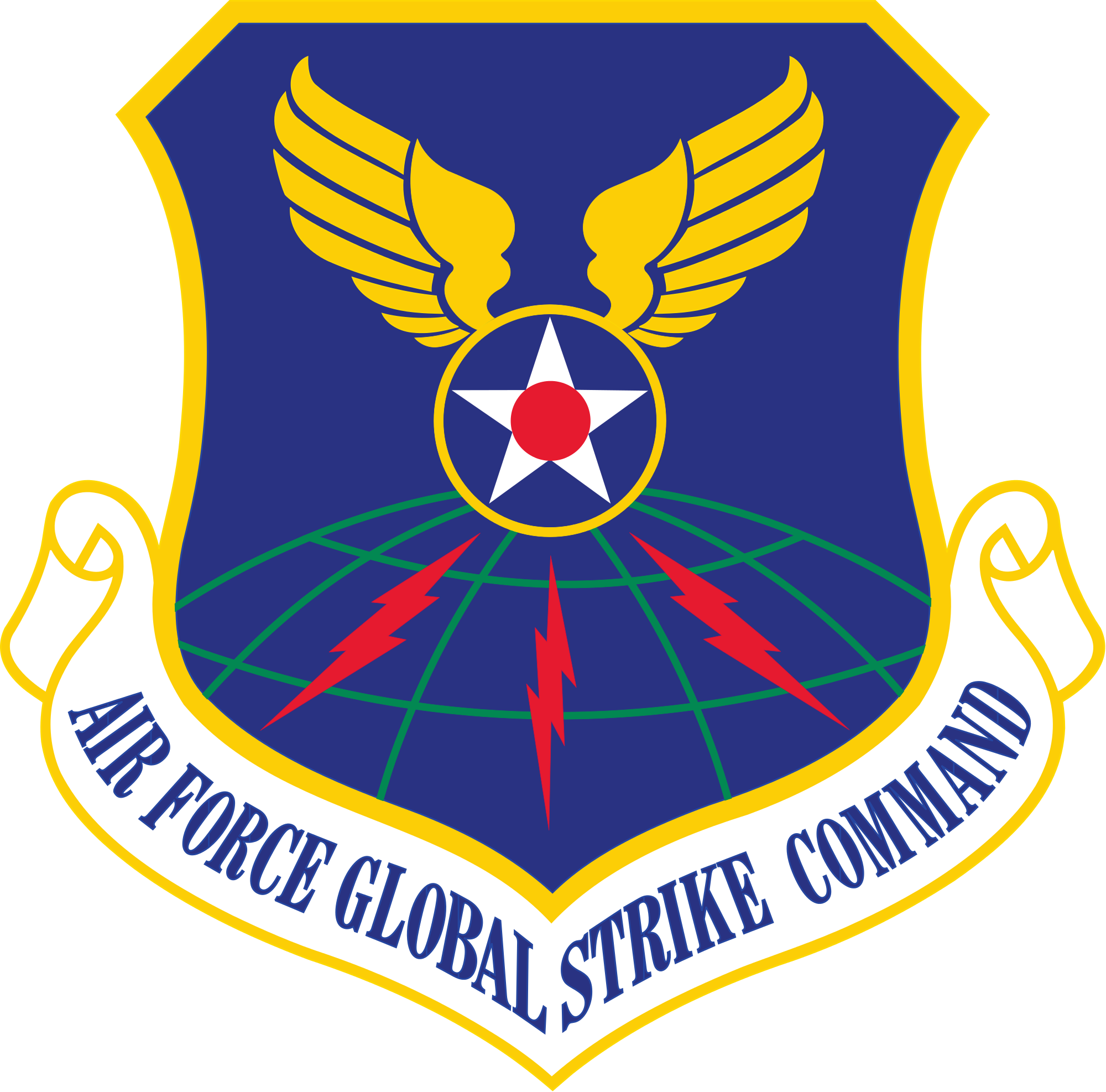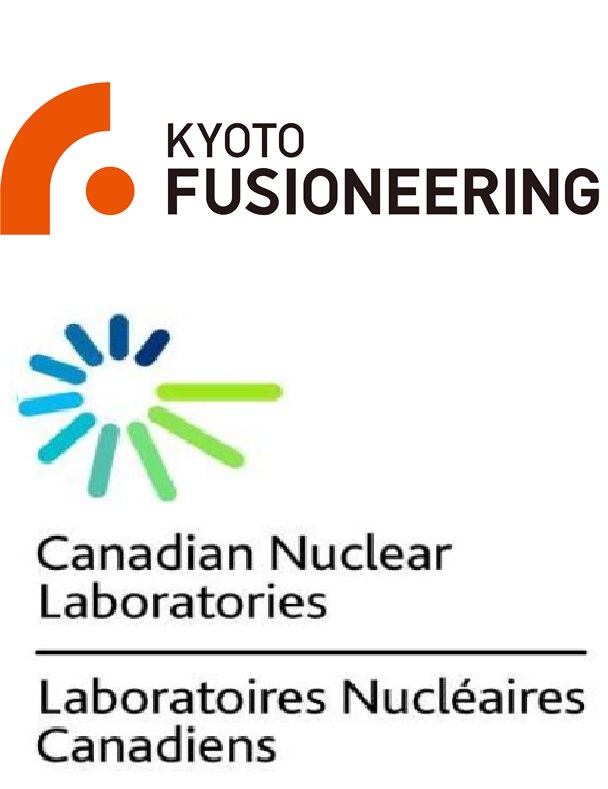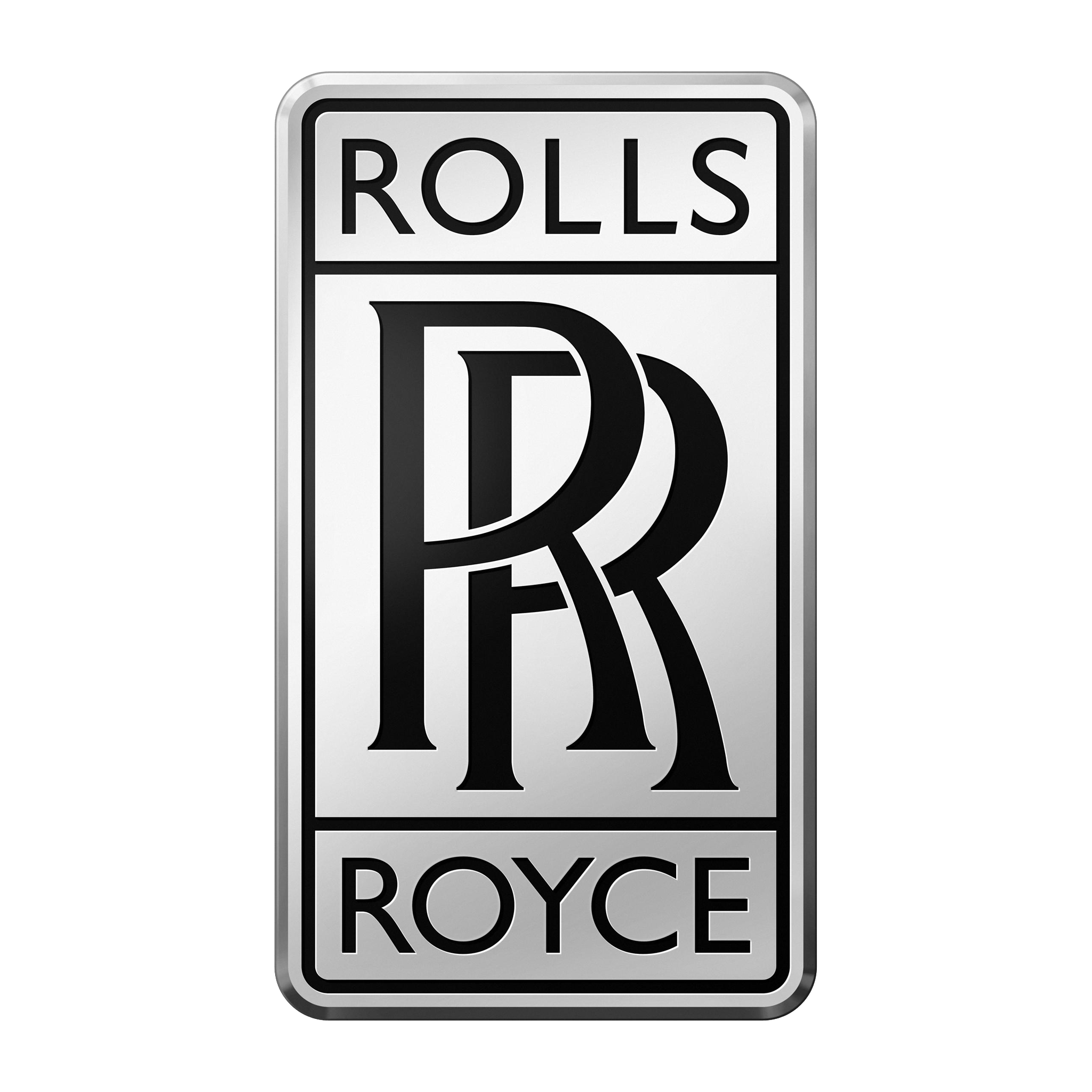Canadian Nuclear Laboratories (CNL) and Kyoto Fusioneering Ltd. (KF) just announced that they have signed a Strategic Alliance Agreement (SAA). Following the Memorandum of Understanding signed in March of 2023, the SAA outlines how the two organizations will collaborate to jointly explore opportunities to accelerate the development and commercialization of fusion fuel cycle technology, a critical-path system for fusion energy commercialization.
Because a large majority of the world’s fusion power plant designs use tritium, the demand for tritium handling and tritium compatible technology is growing rapidly. Recent reports from National Academies of Sciences, Engineering, and Medicine (NASEM)2 and the Fusion Energy Sciences Advisory Committee (FESAC) emphasize the significance of managing the tritium fuel cycle for fusion commercialization. Responding to this need, CNL and KF will:
1. Innovate Tritium Fuel Cycle Technologies and Systems: The collaborators will advance the readiness level of the complete tritium fuel cycle with a focus on safety, public protection and system economics.
2. Support Fusion Developers in Design and Development of Pilot Plants: The collaborators will develop comprehensive design, consulting, engineering, and technology to meet the needs of public and private fusion energy development programs globally.
3. Support Tritium Handling and Management: The collaborators will offer insights and solutions for efficient tritium behavior control and extraction in Fusion Pilot Plant devices.
Dr. Jeff Griffin is the Vice-President, Science & Technology at CNL. He said, “Both CNL and KF are conducting cutting edge work to advance fusion technology, with each organization having built technical strengths in select areas. By working cooperatively, we can more effectively apply this knowledge and expertise, which will ultimately better serve the needs of the market.”
Dr. Satoshi Konishi is the Co-Founder and Chief Fusioneer at KF. He said, “Fusion energy holds transformative potential for global energy. Our partnership with CNL merges KF’s fusion technology with CNL’s tritium management expertise, positioning us to tackle some of commercial fusion power’s most critical challenges.”
Central to the collaboration is the UNITY-2, a fusion test loop that has been proposed for construction at the Chalk River Laboratories. UNITY-2 is complementary to KF’s UNITY-1 facility which was announced last July. UNITY-1 focuses on the thermal cycle system to utilize heat from the fusion core. UNITY-2 focuses on demonstrating the complete fuel cycle.
UNITY-2 is designed to emulate fusion power plant conditions. It will be a global first which integrates a full deuterium-tritium fuel cycle with the highest safety and tritium handling standards. UNITY-2 will demonstrate fuel exhaust and pumping, direct internal recycling, fuel clean-up and isotope separation, tritium management and storage, tritium extraction from liquid metal and molten salt coolants, air and water detritiation, and equipment development and verification.
CNL is Canada’s premier nuclear science and technology laboratory, founded in 2014. It is a world leader in the development of innovative nuclear science and technology products and services. CNL fulfills three strategic priorities of nation importance, including restoring and protecting the environment, advancing clear energy technologies, and contributing to the health of Canadians.
KF was established in 2019. It is a privately funded technology startup with facilities in Tokyo, Kyoto, Reading (UK) and Seattle (U.S.) The company specializes in developing advanced technologies for commercial fusion power plants such as gyrotron systems, tritium fuel cycle technologies, and breeding blankets for tritium production and power generation.




